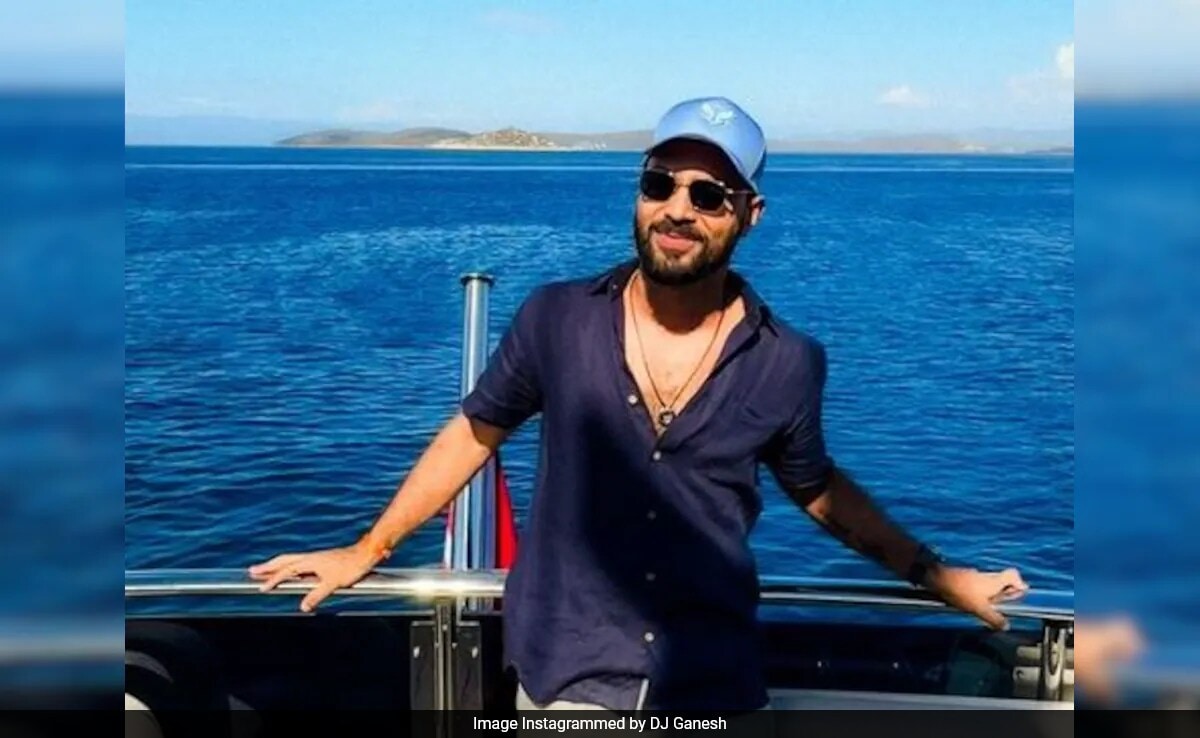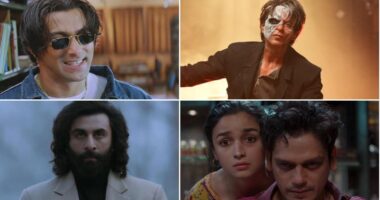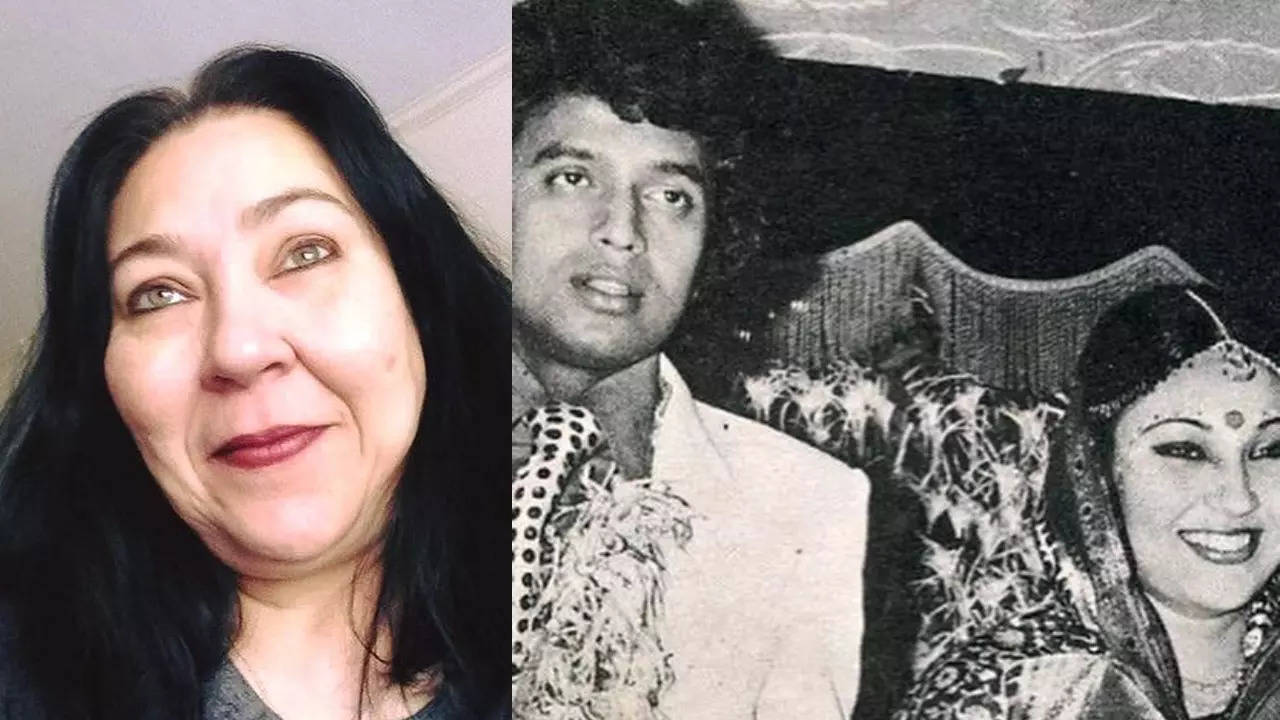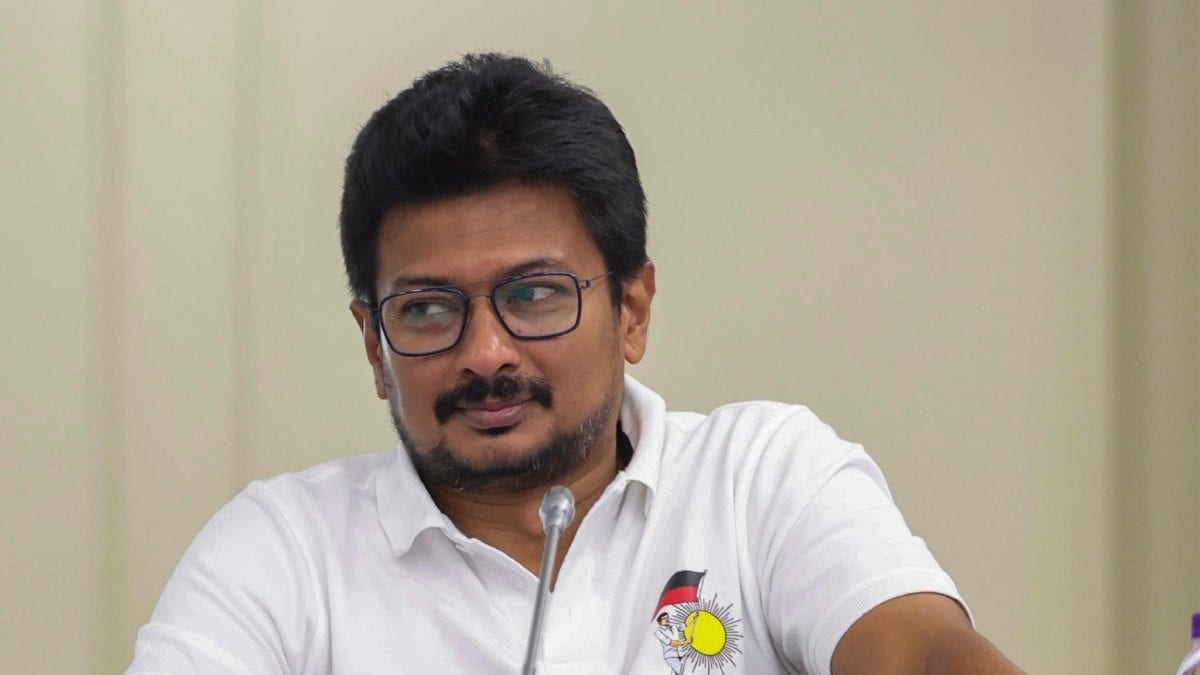After the release of Netflix’s Amar Singh Chamkila, one thing became clear: Diljit Dosanjh was the perfect pick for the titular role.None of his contemporaries could arguably stand in for the yesteryear singer Chamkila whose songs found a mass appeal – similar to how Dosanjh, as an actor, singer, and internet personality, has come to connect with the masses today.That might explain why the world seems to be celebrating his success at a global stage.When his song Lover played in Karan Johar’s 2023 Rocky Aur Rani Ki Prem Kahaani, the audience cheered and hooted like they were at a concert. When he became the first Punjabi artiste to reach Coachella leading to the viral phrase – “Punjabi aa gaye Coachella oye!” (Punjabis have arrived at Coachella!), netizens celebrated it like a personal win. By the time he reached The Tonight Show Starring Jimmy Fallon stage, the popstar’s appeal was no surprise.But, for Dosanjh, this global appeal is an opportunity.It all boils down to representation for him – for India and for the people of Punjab – something that he has never shied away from admitting as important to him. After his late-night appearance, Dosanjh told journalist Sucharita Tyagi, “Punjabi mai gaana zaruri hai, jahan jahan main jaun unko Punjabi bolna zaruri hai aur Punjabi dress hona zaruri hai. Woh bahut zaruri hai kyunki Punjabi ka due tha bahut der se. Sabko sabka due mila par Punjabi ka due pada tha abhi bhi.””It’s necessary for me to sing in Punjabi. Wherever I go, it’s important to speak Punjabi and wear Punjabi attire. It’s absolutely necessary because (this recognition) was long overdue for Punjabis. Everyone got their dues, but Punjabis hadn’t for a long time.”Diljit Dosanjh
True to his words, Dosanjh sported a white kurta, a tehmat, a turban, and a vest during his performance at The Tonight Show. Even if you were to see a silhouette of the outfit, you would instantly know it’s none other than Dosanjh.In a 2019 article in The Guardian about the rise of turban-tying services abroad, columnist Aamna Mohdin attributed the boom to “younger members of the Sikh community displaying increasing pride in their roots and the rise of Bollywood stars such as Diljit Dosanjh bringing turbans into the spotlight.” And Dosanjh has always wanted to spotlight the turban.His breakthrough album Smile from 2005, which introduced his unique style to the world, featured a song titled Aa Gaye Paggan Pochvian Waale (those who wear turbans have arrived).At the time, Dosanjh had said to an interviewer in Punjabi, “If a sardar boy ties a turban, people don’t consider him to be attractive or glamorous. I have nothing against people who cut their hair, but I don’t have any inferiority complex related to the turban. We aren’t lesser to anyone.”In yet another interview, with film critic Anupama Chopra in 2016, the actor-singer also talked about how people warned him that “there’s no way” he can work in Bollywood because he wears a turban. “So, I also believed that Bollywood would never have a role for me … but anything can happen if god wants it to happen,” he had said.Bollywood is no stranger to typecasting. For characters from Punjab, the stereotypes would usually be ‘talkative’ and ‘loud’. Even if Bollywood didn’t seem immediately accessible, Dosanjh was rapidly capturing the Indian audience. While Bollywood still doesn’t cover the entire spectrum of the Punjabi identity, Dosanjh’s characters in Udta Punjab and Jogi have introduced more context to what the movie industry saw as a ‘type’ character. His characters were completely realised – and had a major impact in the story.On the other hand, any comedy (such as Good Newzz) came from the setting rather than purely from the character’s social identity.While the credit doesn’t lie solely on Dosanjh’s shoulders, his sheer presence on a global stage definitely contributed to the evolution.The stereotypes one sees on screen are also ones he often claims to challenge.As his legion of fans grew, Dosanjh’s career kept catching steam. His music video from 2013, for Proper Patola, became a massive hit, but also made history as the first Punjabi song to be featured on Vevo. From his first album’s release in 2004 to his Coachella performance, what you see is what you get.He is both an elusive pop star and the relatable ghar ka Diljit (from our home).What would normally feel like





